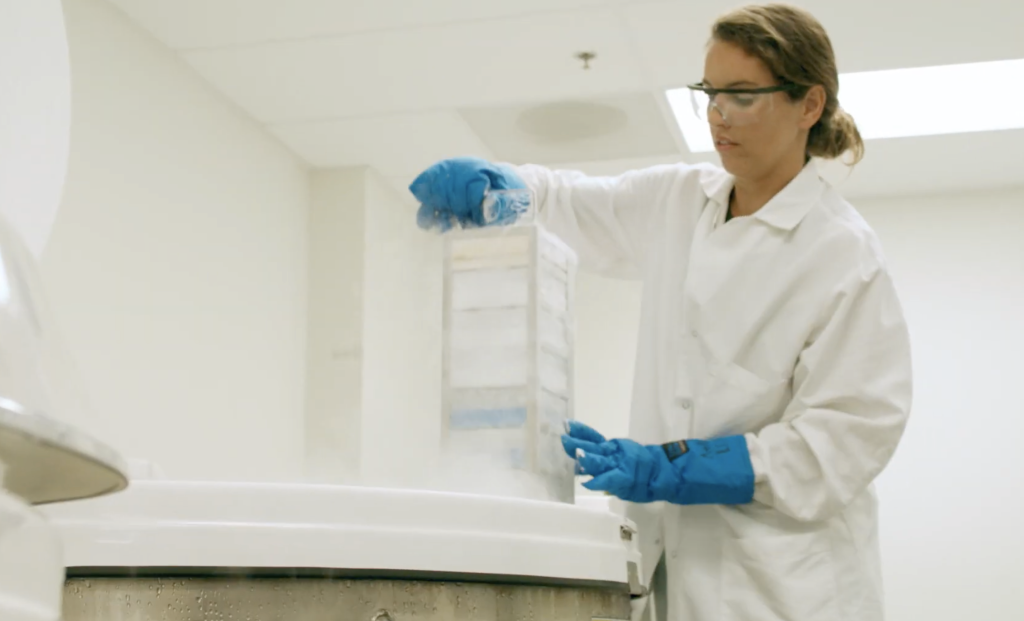A major area of research in our laboratory is the regulation of mucosal immunity. We have collaborated extensively with the Hilde Cheroutre laboratory at our Institute on several projects, including investigation of the function of intestinal intraepithelial lymphocytes (IEL), particularly those that exclusively express CD8αα homodimers. We have also studied the function of the TL antigen, a nonclassical MHC class I antigen molecule highly expressed in the intestine that interacts with CD8αα homodimers.
Additionally, we have assisted with studies showing the vitamin A metabolite retinoic acid promotes the generation of regulatory T cells (Treg) and inhibits proinflammatory Th17 cell differentiation. However, the great majority of our work in this area is related to the development of inflammatory bowel diseases (IBD), immune-mediated diseases of the intestine that include Crohn’s disease and ulcerative colitis. These are chronic immune disorders in which an uncontrolled response of mucosal immune cells leads to severe inflammation in the intestine. Using experimental colitis mouse models that resemble different aspects of human IBD, we have been investigating the processes and molecules responsible for causing severe inflammation in the digestive tract.
Subsets of CD4+ T lymphocytes play pivotal roles both in initiating the inflammatory process, by secreting pro-inflammatory cytokines, and by preventing inflammation, in part by secreting regulatory cytokines such as IL-10 and TGFβ. T helper 1 (Th1) lymphocytes promote inflammation by secreting inflammatory cytokines such as interferon (IFN)γ and tumor necrosis factor (TNF). Additional CD4+ T cell types have been discovered, including those producing IL-17 (Th17 cells), that likely participate in the induction of IBD. The generation of these T cell subsets depends on the action of cytokines such as IL-6, IL-12 and IL-23, produced mostly by cells of the innate immune system. An active area of investigation in our lab concerns the role of another cytokine produced mostly by innate immune cells, the IL-12 family member IL-27. Although originally described as a cytokine promoting Th1 responses, our work has uncovered diverse roles of this cytokine in the responses of both pathogenic T lymphocytes and Treg.
TNF is one of the most potent effector cytokines in the pathogenesis of autoimmune disorders, and blockade of TNF with anti-TNF antibodies is an effective treatment for many patients with IBD. However, in some of these patients, anti-TNF treatment efficacy is relatively modest. The basis underlying this non-responsiveness is unknown, but it is possible that other TNF family members may be involved in colitis pathogenesis. In collaboration with the Carl Ware laboratory, we have explored how a TNF-related molecule known as LIGHT (TNFSF-14), plays a vital role in regulating IBD pathogenesis. We showed that transgenic mice that constitutively express LIGHT develop multi-organ inflammation, including the intestine, suggesting LIGHT could contribute to IBD.
Our laboratory has also been investigating the role of the LIGHT receptor HVEM when its binds to a different partner, the B and T lymphocyte attenuator (BTLA). Interestingly, BTLA is not a TNF-family molecule, but is a member of the Ig-super family. We have recently found that HVEM expressed in a non-hematopoietic cell type is necessary to dramatically slow colitis induction in the T cell transfer model. HVEM attenuates disease by interacting with BTLA expressed by at least two cell types: CD4 T cells and a non-lymphoid cell type. Moreover, an agonistic anti-BTLA antibody prevented accelerated colitis in mice, implicating BTLA as a potential target for treatment of IBD. Current investigations focus on how BTLA expressed by different cell types attenuates disease. Our laboratory has assembled a comprehensive set of tools for doing this, including mice with conditional ablation of the Btla gene in different subsets of immune cells. Several studies are ongoing using the colitis transfer model, as well as an experimental mouse model in which colitis is induced by the pathogenic enterobacteria Citrobacter rodentium.
An important category of immune cells is the regulatory T lymphocytes (Treg), which act to suppress over exuberant immune responses. Patients with no regulatory T cells develop multi-organ inflammatory diseases, and problems with regulatory T cells could be an important contributing factor to IBD.
Treg express the forkhead box p3 (Foxp3) transcription factor, which is required for their regulatory function. Co-transfer of Treg with CD4+CD45RBhigh T cells into Rag-/- hosts can prevent or cure intestina;l inflammation. We have recently found that the capacity of Treg to mantain Foxp3 expression and anti-inflammatory function depends on the cytokine IL-10. Using the colitis transfer model, we showed that IL-10 produced by a subset of myeloid cells in the Rag-/- recipients is required for colitis suppression by transferred Treg. The Treg transferred into Il-10-/-Rag-/- mice expanded, but they failed to maintain Foxp3 expression and suppressive activity, indicating that Foxp3 expression is surprisingly unstable. Ongoing studies in the laboratory will determine what type of IL-10 producing cells are required to preserve Treg function in Rag-/- recipients. Furthermore, the laboratory is actively investigating how the interaction of IL-10 with the IL-10-receptor expressed on regulatory T cells controls Foxp3 expression and Treg function.


